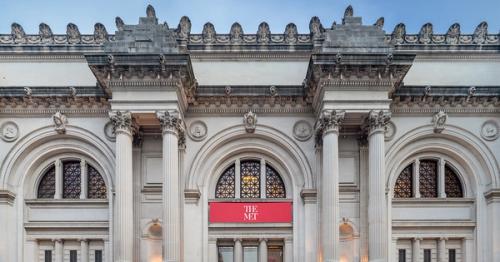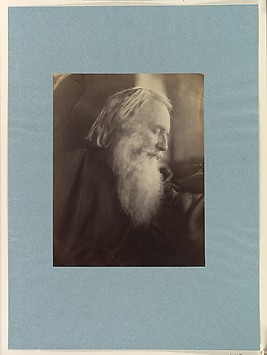The Metropolitan Museum's Department of European Sculpture and Decorative Arts oversees roughly 250 small, wondrously wrought hard-stone cameos dating from the Renaissance to the Victorian era, a collection that outshines that of any other American museum. It was with a view toward bringing these cameos to greater attention that in 2005 James David Draper, Henry R. Kravis Curator in the department, arranged a survey of about 100 examples in the gallery devoted to periodic showings of the department's possessions, subsequently endowed as the Wrightsman Exhibition Gallery. Drawing also upon the resources of the departments of Greek and Roman Art, Medieval Art, and American Art, as well as the Robert Lehman Collection, the Museum at one stroke was able to demonstrate the origins of cameos in classical antiquity, their rare occurrences in the Middle Ages, their efflorescence from the sixteenth to the nineteenth century, and their spread to the New World. The exhibition of cameos proved to be well liked by visitors, and it would have been a disservice to scholarship if it had left no record, particularly as the objects themselves are not only eloquently evocative of past civilizations but also extremely photogenic. The situation is now redressed by this Bulletin.



















